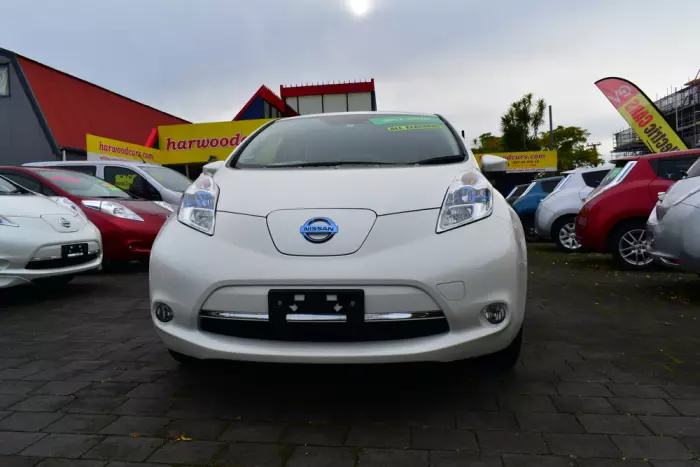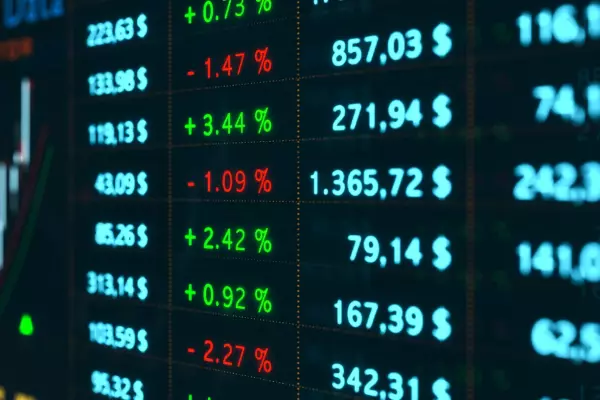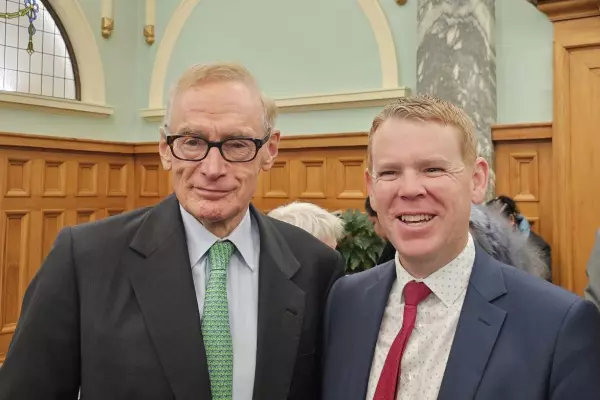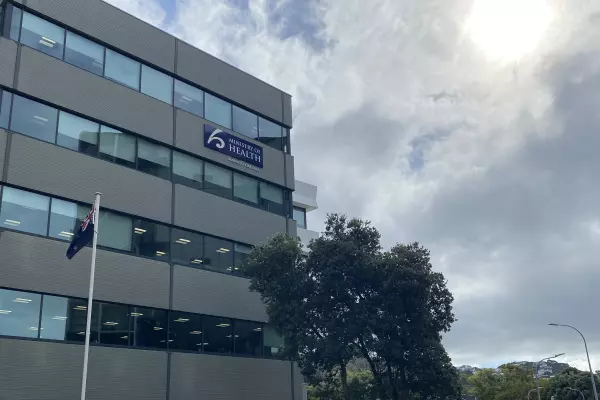Banning the importation of internal combustion engine (ICE) cars by 2035 and their use entirely by 2050 are two ideas being floated by the government.
The policy options are part of a discussion paper released today looking at ways to cut transport greenhouse emissions to meet the target of zero carbon emissions.
The paper – Hīkina te Kohupara – Kia mauri ora ai te iwi: Transport Emissions: Pathways to Net Zero by 2050 – puts forward several different pathways each with different options.
Many of the ideas put forward are not new, but in the past governments have shied away from them because they are politically controversial and difficult to implement.
Amongst the ideas are an overhaul of transport charging including the introduction of congestion and distance-based pricing, as well as new forms of parking charges.
The paper also discusses phasing out the importation of ICE light vehicles by 2035 and banning the use of all ICE light vehicles in 2050. As well as the greater use of biofuels in light vehicles and buses, and electrifying the public transport bus fleet by 2035.
Other major shifts would include shifting freight from the road to rail and to coastal shipping, biofuels for road freight, and accelerating the uptake of electric medium trucks.
In the short term, the government is planning to introduce a fuel efficiency standard (the Clean Car Standard) to increase the supply of cleaner vehicles.
“This standard will need to become progressively more stringent, leading to an eventual phase-out of fossil-fuel vehicle imports in the medium term,” the paper said.
The return of the feebate
The paper also proposes another look at a ‘feebate’ scheme.
The idea of placing a levy on less-efficient, gas-guzzling cars to subsidise electric vehicles and more efficient cars was looked at by the last government. However, it was quietly put to one side after pushback reflecting New Zealanders' love affair with their cars – with SUVs the most popular vehicles in recent years.
The modelling in the paper puts forward several scenarios, including a large increase in the uptake of electric vehicles (EV).
The model assumes there will be an increase in EV imports from 2040, resulting in an extra 100,000 EV imports each year until 2050.
“This is unlikely to occur without any measures or incentives,” the paper said.
“Imports of ICE vehicles would need to be phased out between 2030 and 2035 to meet a zero-carbon transport target in 2050. This is because New Zealanders hold on to their cars for a long time, on average 19-20 years. Alternatively, we would need measures to exit ICE vehicles from the fleet.”
On every page, the paper reiterates the proposals are not government policy.
Move from fuel levies to other charges
Also discussed is a major shift in the way transport is charged for and its infrastructure funded.
“To influence modal shift behaviour, car users need to consider the true costs of travel in accordance with the level of use.”
This includes moving to charges placed on distance travelled and not fuel consumed.
Because as the vehicle fleet electrifies, “the government needs to explore an alternate road use pricing regime (eg distance-based pricing) to replace the current fuel excise duty that raises revenue for transport infrastructure investment, maintenance and operation purposes”.
An initial investigation of switching to basic electronic distance-based charging would cost $50 million for system design and setting up appropriate enforcement infrastructure and equipment, plus $800m for equipping the vehicle fleet with Global Navigation Satellite System enabled on-board units.
For managing congestion and peak demand, the pricing system would need to be capable of applying time and place-based pricing.
“It may be possible to incorporate this in a distance-based pricing system. Smart parking pricing could be considered to manage demand for car travel before and in addition to the implementation of a road use pricing regime.
“A ministry study shows that the majority of all car trips are not charged for parking at destinations (eg at shopping malls and other on-street parking). Such a pricing mechanism would require minimal infrastructure investment.”
Ministers said the discussion paper will contribute to the Government’s Emission Reduction Plan, which must be completed by December 2021. Submissions on the paper close on June 25.
Transport is responsible for 47% of total domestic CO2 emissions, and 19.7% of total greenhouse gas emissions.
The paper said the net-zero carbon target under the Climate Change Response Act by 2050 will not be achieved without decarbonising the vehicle fleet.
The paper also looks at broader issues such as redesigning urban layouts to encourage public transport, walking and cycling, and rail.
It also said everyone will experience changes from the transition to zero emissions, and many people will benefit.
However, “the impacts of this shift will not be spread evenly. People who already experience social/economic disadvantages could be disproportionately affected if transport costs increase”.














